The difference between a trendy, flashy bauble and a long-lasting family heirloom often lies in our jewelry maintenance routines. Whether silver, gold, brass, or otherwise, these precious metals require occasional upkeep to prevent discoloration and degradation. But jewelry care routines, like the pieces themselves, are not all created equal.
To keep our jewelry looking brand-new for longer, we need to consider the materials used, the purity of the metal, the age of the piece, and the jewelry’s shape. From 24k gold to brass-plated finds, we’re breaking down how to keep your favorite rings, earrings, necklaces, and bracelets from, well, breaking down.
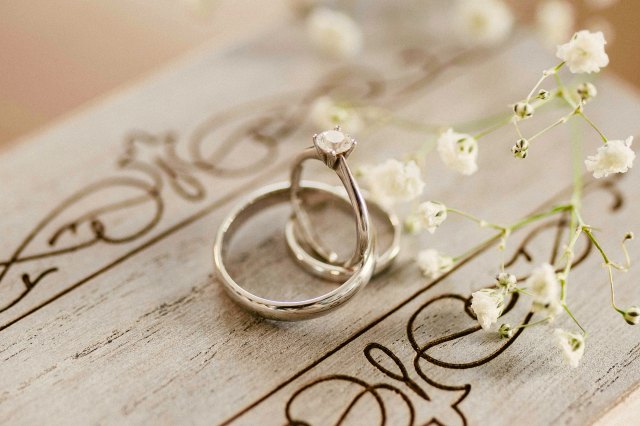
Caring for Your Silver Jewelry
In its purest form, silver is 100% hypoallergenic, but it’s generally too soft to mold into wearable pieces on its own. Thus, silver is often combined with a copper alloy at a ratio of 92.5% silver and 7.5% copper to create sterling silver.
Silver-plated jewelry uses a thin layer of the precious metal over nonprecious metals to create the same stunning look at a lower expense. Whether sterling silver or silver-plated, the biggest sign of wear and tear to watch out for with silver jewelry is tarnishing.
Tarnish may appear as yellow, purple, or black discoloration, and is caused by a chemical reaction between metal and the air around it. While tarnishing is inevitable for silver, the process can be sped up by exposure to chlorine, cleaning chemicals, moisture, and salt.
To get your silver sparkling again, start by soaking the jewelry in warm water with some dish soap. Using a soft toothbrush or clean spoolie, gently remove any noticeable dirt, grease, and other nontarnishing buildup from the jewelry.
Next, using either a silver polishing cloth or a microfiber cloth dabbed with silver polishing cream, gently rub the jewelry to remove the tarnish. You can also use a paste of baking soda and warm water on stubborn discoloration, but only on sterling silver. Using this paste on more delicate silver-plated pieces can scratch the jewelry’s surface. Dry your silver pieces with a soft cloth and store them in a cloth-lined box or bag away from sunlight.
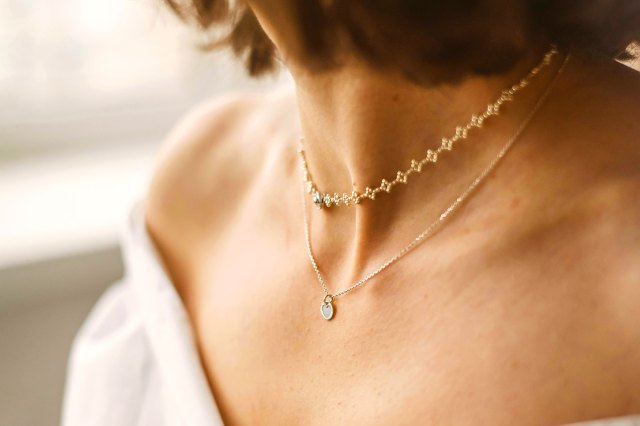
Caring for Your Gold Jewelry
When we think of gold, yellow gold is typically the first kind to come to mind. However, white and rose golds — made with alloyed metals such as copper, zinc, and nickel — are also common.
Alloyed gold is more durable than its 24k counterpart, but due to the other metals with which it is blended, it’s also prone to tarnish. Determining the karat weight and whether you’re dealing with plated or nonplated gold is crucial when it comes to properly cleaning your gold jewelry.
Like silver, most gold pieces can be initially washed with a mild solution of dish soap and warm water. Soak the jewelry in the water for about 20 minutes before gently cleansing. But be careful: Even a soft-bristled toothbrush may scratch the surface of higher karat pieces, in which case using your fingers or a microfiber cloth can suffice.
Avoid using silver polish on gold pieces, as this can dull the finish of your jewelry. Instead, use a jewelry-polishing rag to restore your pieces’ luster.
It’s also good practice to avoid chlorine, cleaning chemicals, and beauty products while wearing gold. Simply remove your pieces while cleaning, swimming, or applying lotions, makeup, and hair care products to prevent damage. Store in a clean, dry, cloth-lined container — ideally separately to avoid unnecessary scratching and tangling.
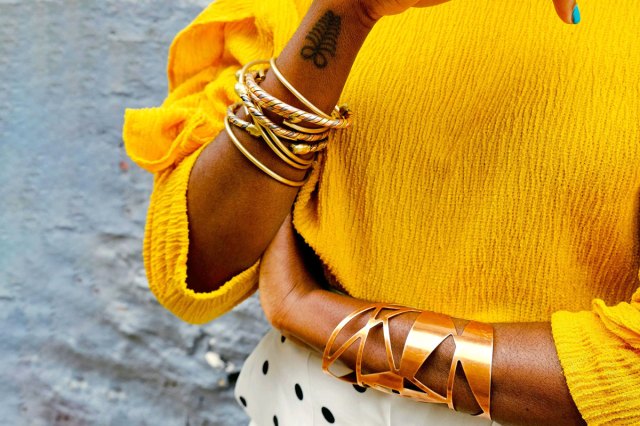
Caring for Your Brass Jewelry
Unlike silver and gold, all brass is an alloy of copper and zinc. Depending on the ratio of each metal, brass can range from light yellow to a deep orange-brown color.
To take care of your brass, first determine whether your piece is solid or plated brass by sticking the jewelry to a metal surface. If there is any magnetic pull, your jewelry is brass-plated, and you should only ever use soapy water to clean it. Anything more abrasive can cause the brass plating to wear off and expose the other metals underneath.. On the other hand, there are several ways to clean solid brass, depending on your desired look.
A thin, greenish-brown patina is common on aged brass, which may amplify the vintage aesthetic for some wearers. If you’d like to preserve this aged appearance while keeping your jewelry clean, use mild dish soap and water to gently remove any oil and dirt without removing the actual finish.
But if you’d rather remove or prevent this patina, pour some sea salt onto half a lemon and gently rub this directly onto your jewelry. Rinse with warm water, then dry with a soft cloth.
For heavier green, blue, or black discoloration, try gently rubbing plain ketchup onto your brass using a soft cloth or toothbrush. This may sound odd, but the acidity in the ketchup can help break down heavier tarnish and restore the brass to brilliance.

General Jewelry Care Tips
No matter the material of your jewelry, a common rule of thumb is to avoid exposing your pieces to any harsh chemicals or environmental factors such as excess moisture and salt. Taking off your jewelry before washing your body or hands, working out, spending time in nature, or sleeping can help extend the longevity of your pieces.
And when all else fails, don’t be afraid to call on the experts: jewelers! Your local jeweler will be able to cleanse, restore, and even replate jewelry that has grown dull, discolored, or misshapen over time. With the proper maintenance, you can ensure your precious metal jewelry will retain its stunning appearance weeks, years, and even decades into the future.
This article is for general informational purposes only.
Affiliate Disclaimer Medical Disclaimer



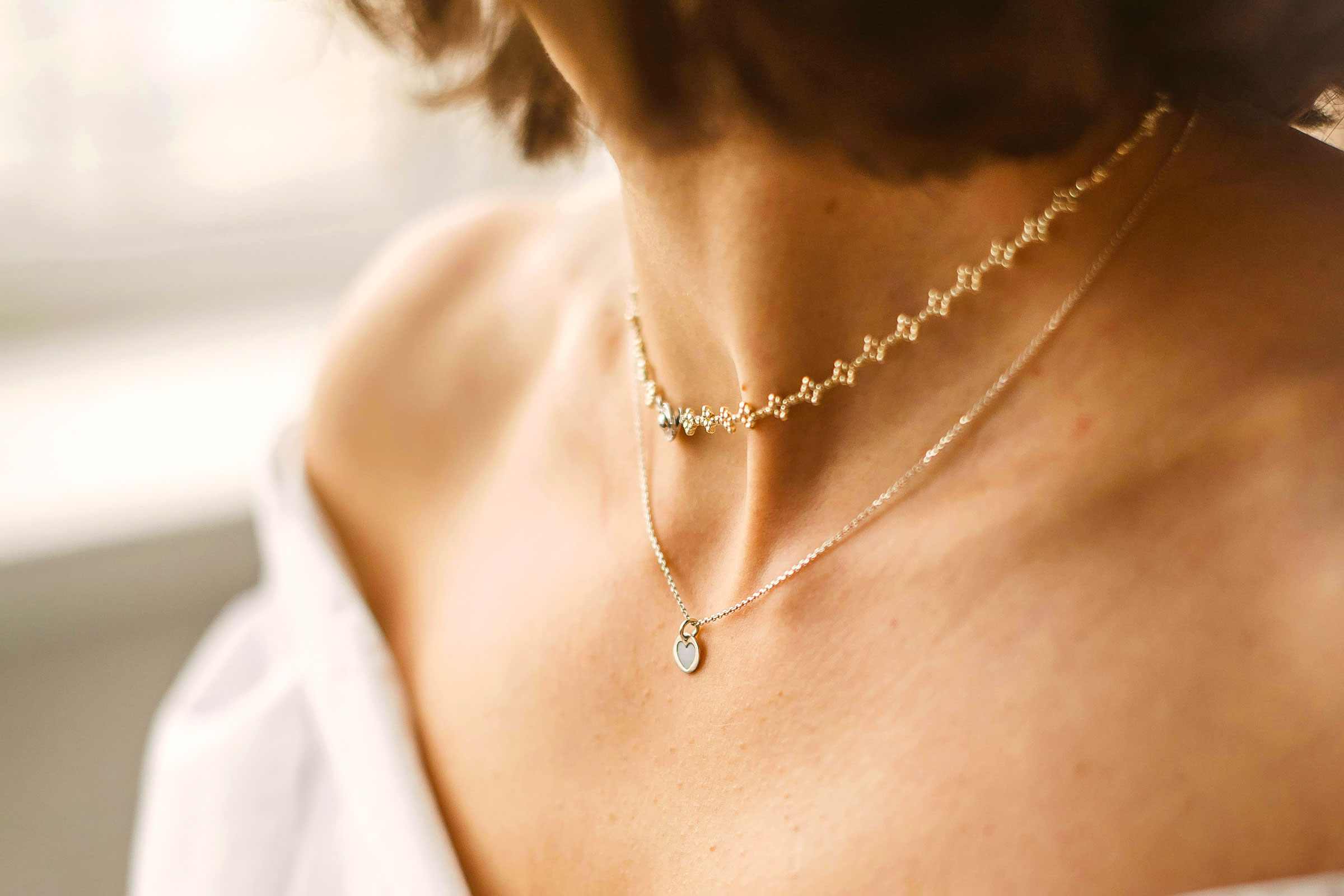

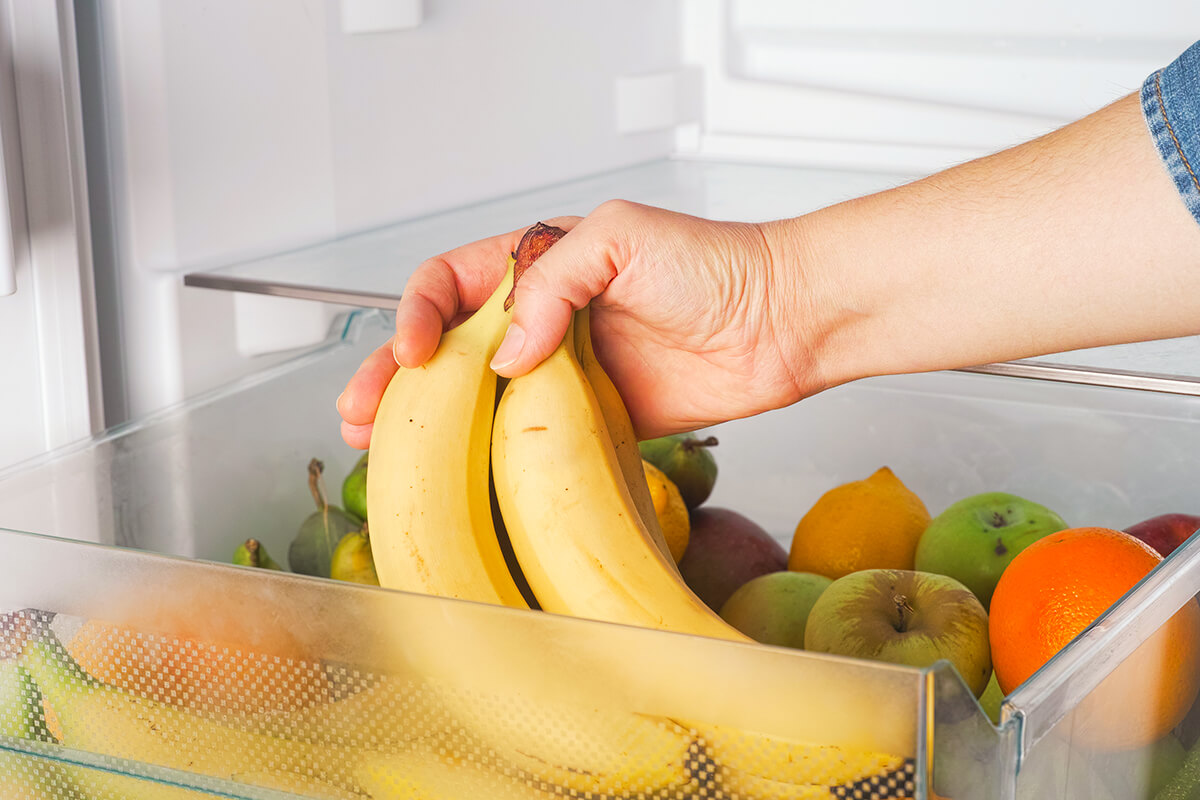

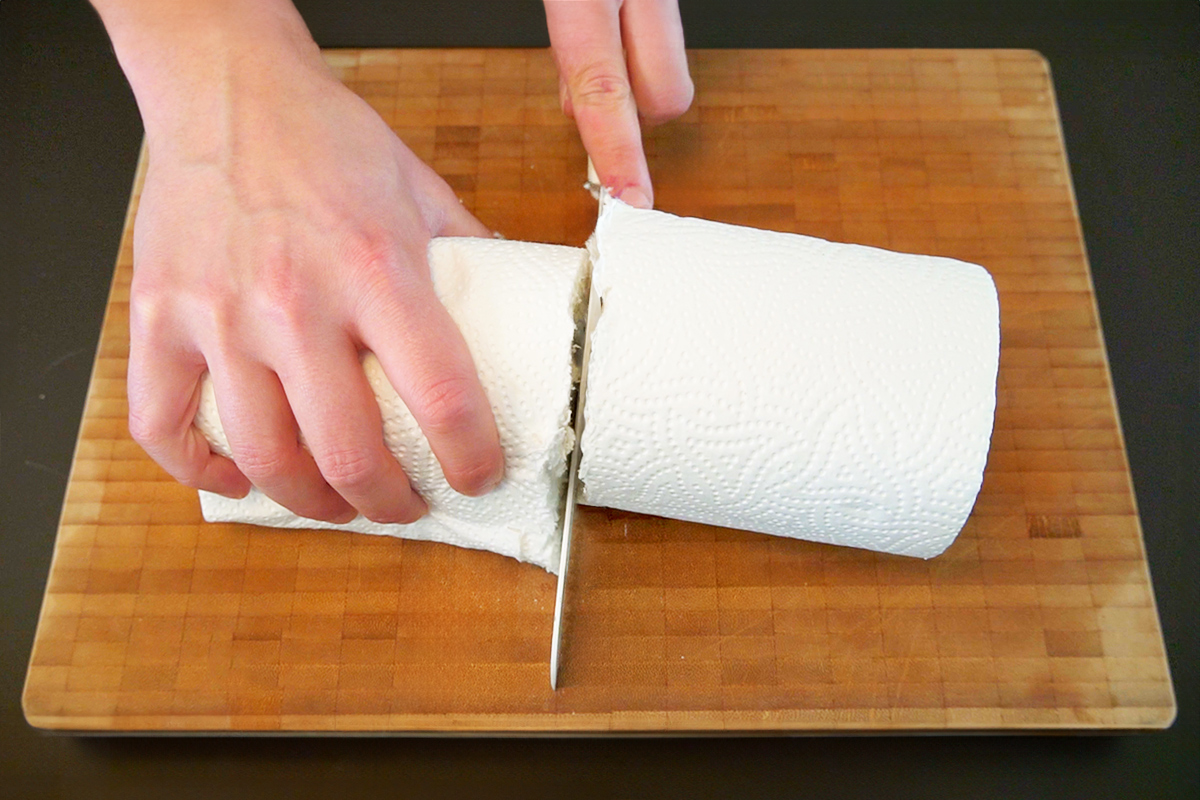
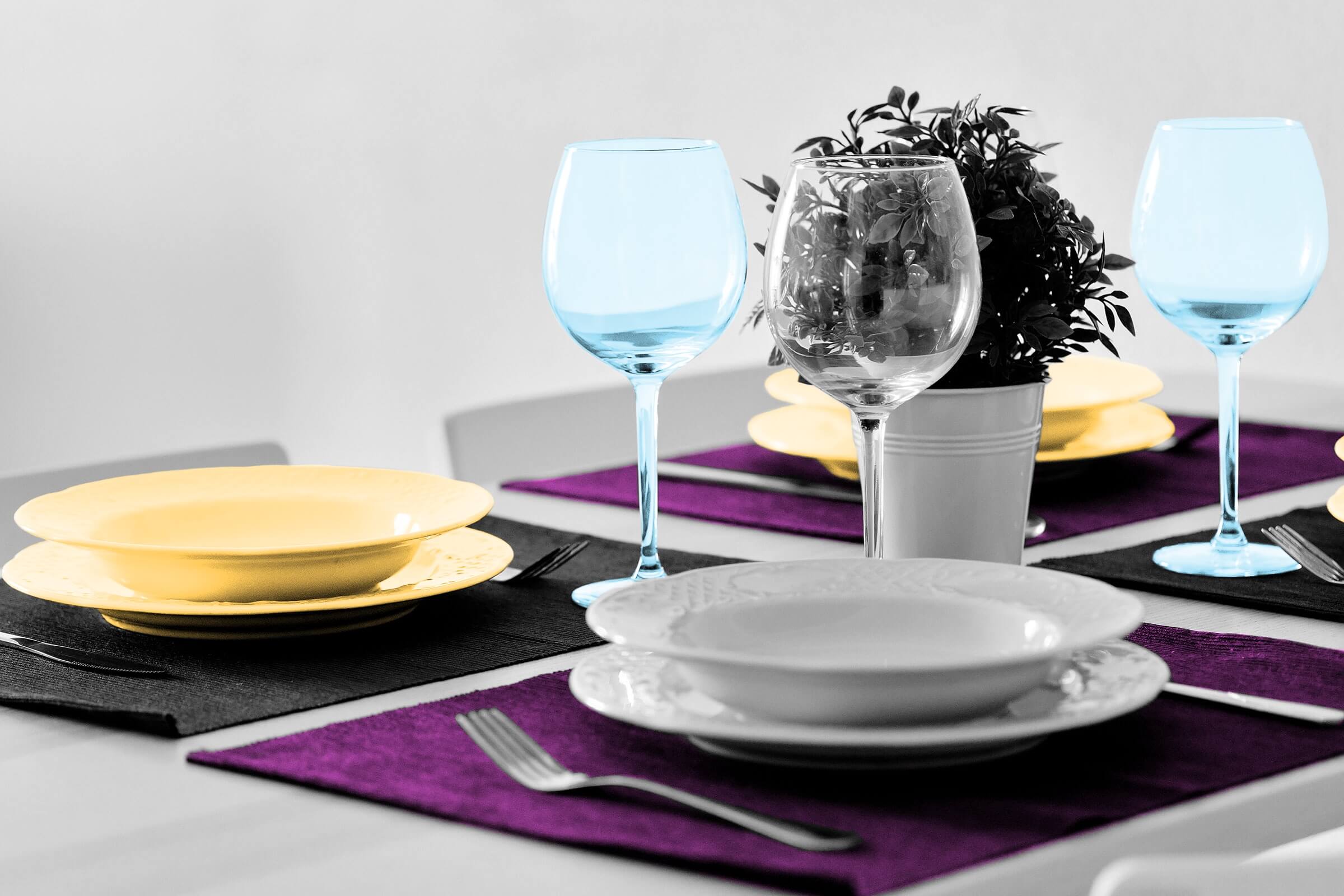
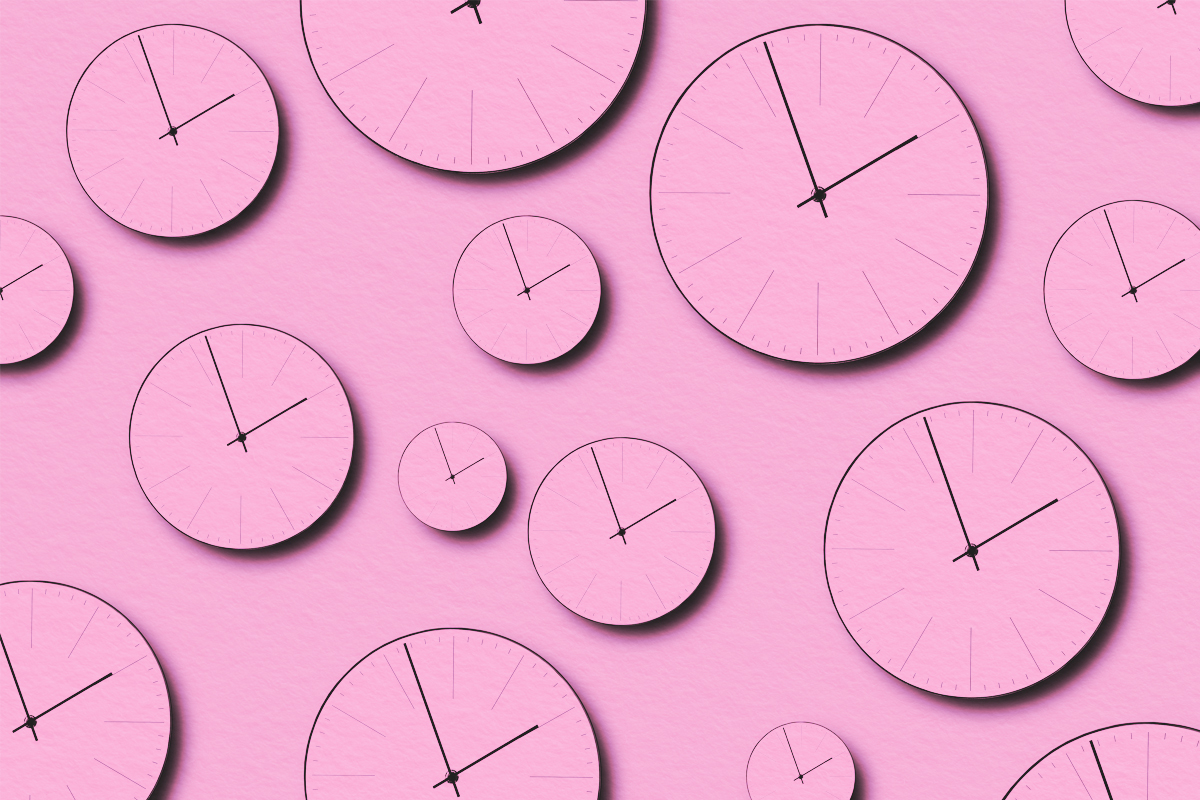




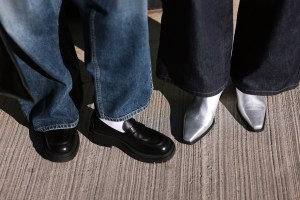

 Unique Beauty is free for all users.
Unique Beauty is free for all users.